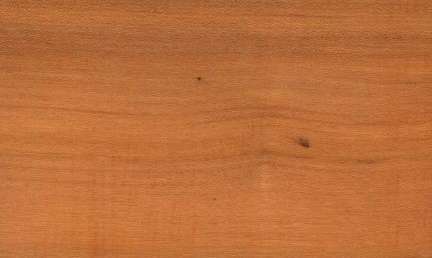
Winged elm (Ulmus alata)
Family:
Common names: Elm, Hard elm, Rock elm, Wahoo, Winged elm
Distributed in: United States (North America)
Distribution overview: Winged elm occurs from southern Virginia, south to central Florida, west to central Texas, and north to central Missouri. Its habitat is described as the dry uplands, including abandoned fields, and is also found in moist valleys in hardwood forests. It grows from sea level to elevations of up to 2000 feet (610 m).
Common uses: Baskets, Boxes and crates, Building materials, Casks, Cooperages, Decorative plywood, Decorative veneer, Farm vehicles, Figured veneer, Food containers, Interior construction, Interior trim, Machinery parts, Millwork, Moldings, Packing cases, Pallets, Plywood, Skids, Trimming, Vehicle parts, Veneer, Wainscotting, Wheels
Environment profile: Status has not been officially assessed
Tree size: Tree height is 10-20 m
Colors: the heart isLight brown, Whiteand the sapwoodRed, White.The grain isStraight, the textureCoarse
and the lusterMedium
Natural durability: Perishable, Very little natural resistance
Odor: No specific smell or taste
Kiln Schedules: T6-B3(4/4)
Drying Defects: Distortion, Ring failure
Ease of Drying: Thick Stock Requires Care
Comments: Similar to rock elm, inner bark was used in the 18th and 19th centeries to rope for fastening covers of cotton batles
Boring: Fairly easy to very easy
Cutting Resistance: Fairly Difficult to Very Difficult to saw
Gluing: Good properties
Mortising: Fairly Easy to Very Easy
Nailing: Fair to Good , Fairly Easy to Very Easy
Planing: Fairly Difficult to Very Difficult
Resistance to Impregnation: Permeable sapwood
Sanding: Fairly Easy to Very Easy
Steam bending: Very Good to Excellent Results
Screwing: Fairly Difficult to Very Difficult, Pre-boring recommended; Turning: Fairly Difficult to Very Difficult
Staining: Fair to Good;
- Numerical data Metric
- Numerical data English
- Strength properties
- References
 |
 |
 |
 |
| Item |
Green |
Dry |
Metric |
| Specific Gravity |
0,53 |
0,65 |
|
| Density |
|
|
kg/m3 |
| Bending Strength |
|
|
kg/cm2 |
| Crushing Strength |
|
|
kg/cm2 |
| Hardness |
|
|
kg |
| Impact Strength |
|
104 |
cm |
| Shearing Strength |
|
|
kg/cm2 |
| Stiffness |
|
|
1000 kg/cm2 |
| Tangential Shrinkage |
11 |
|
% |
| Radial Shrinkage |
5 |
|
% |
| Weight |
|
|
kg/m3 |
| Maximum Load |
|
|
cm-kg/cm3 |
| Toughness |
|
|
cm-kg |
| Static Bending |
|
|
kg/cm2 |
|
 |  |  |  | | Item | Green | Dry | English | | Impact Strength | | 41 | inches | | Specific Gravity | 0.53 | 0.65 | | | Radial Shrinkage | 5 | | % | | Tangential Shrinkage | 11 | | % | | Volumetric Shrinkage | 17 | | % | |
Boone, R.S., C.J. Kozlik, P.J. Bois and E.M. Wengert. 1988. Dry Kiln Schedules for Commercial Woods: Temperate and Tropical. United States Department of Agriculture, Forest Service, Forest Products Laboratory, General Technical Report FPL-GTR-57, Madison, Wisconsin.Little, E.L.1980.The Audubon Society Field Guide to North American Trees - Eastern Region.Published by Arthur A. Knopf, New York.Panshin, A.J. and C. deZeeuw. 1980. Textbook of Wood Technology, 4th Edition. McGraw-Hill Series in Forest Resources. McGraw-Hill Book Company, New York.
|








